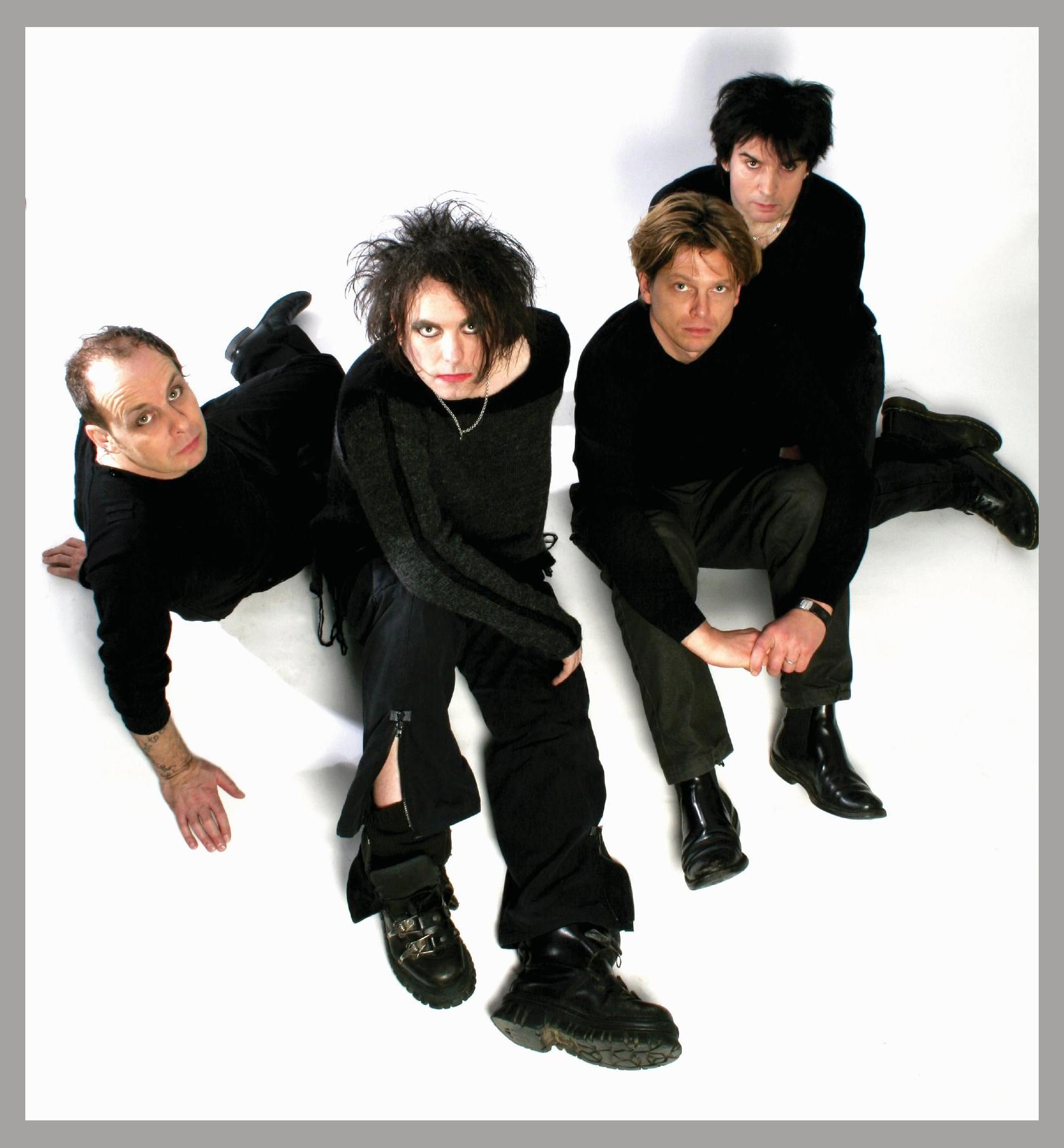 The Cure
The Cure
Chapter I: The Origins of Darkness
In the heart of gloomy Crawley, a town in southeast England, a musical enigma was brewing. The year was 1976, and a group of young men, disillusioned with the banality of the time, embarked on a sonic journey that would forever etch their name into the annals of alternative rock.
Members and Genesis
Robert Smith, a charismatic and enigmatic frontman, was the undisputed leader. Armed with his smoldering vocals and haunting lyrics, he exuded an air of both vulnerability and strength. Alongside him were Lawrence "Lol" Tolhurst, a skilled drummer, and Michael Dempsey, a bassist who brought a rhythmic backbone to the band's sound.
Initially known as Easy Cure, they honed their craft in local pubs and dingy clubs. With each performance, their unique blend of ethereal melodies, introspective lyrics, and brooding atmosphere captivated audiences.
Chapter II: Controversies and Challenges
As The Cure's popularity grew, so did the scrutiny. Critics dismissed their music as "miserable" and "uncommercial." Yet, Smith remained steadfast in his vision, embracing the darkness that fueled their sound.
One of the most infamous incidents occurred in 1981 when they were banned from BBC's "Top of the Pops" for the song "Charlotte Sometimes." The lyrics, which hinted at an abortion, were deemed too controversial.
Chapter III: Discography and Legacy
Despite the controversies, The Cure released a string of critically acclaimed albums, cementing their status as pioneers of goth rock. Their 1980 debut, "Seventeen Seconds," set the tone with its haunting soundscapes and introspective lyrics.
"Boys Don't Cry" (1980) became an instant classic, with its catchy melody and poignant lyrics exploring the complexities of love and loss. The album's success was followed by "Pornography" (1982), a dark and brooding masterpiece that delved into the depths of despair.
Chapter IV: Evolution and Influence
Over the decades, The Cure continued to evolve and experiment, incorporating elements of pop, psychedelia, and electronica into their music. Their influence on subsequent generations of musicians is undeniable, from emo bands to grunge icons.
Members and Departure
Michael Dempsey departed in 1979, replaced by Simon Gallup on bass. The band's lineup remained relatively stable until 1989 when Lol Tolhurst left after a tumultuous period. Boris Williams took over on drums, and Porl Thompson joined as lead guitarist.
Legacy and Impact
The Cure's legacy is one of darkness, introspection, and musical innovation. Their music has provided solace, inspiration, and a sense of community to countless fans worldwide. Despite the challenges and controversies they faced, they have remained true to their artistic vision, creating a body of work that continues to resonate with audiences to this day.
In the heart of gloomy Crawley, a town in southeast England, a musical enigma was brewing. The year was 1976, and a group of young men, disillusioned with the banality of the time, embarked on a sonic journey that would forever etch their name into the annals of alternative rock.
Members and Genesis
Robert Smith, a charismatic and enigmatic frontman, was the undisputed leader. Armed with his smoldering vocals and haunting lyrics, he exuded an air of both vulnerability and strength. Alongside him were Lawrence "Lol" Tolhurst, a skilled drummer, and Michael Dempsey, a bassist who brought a rhythmic backbone to the band's sound.
Initially known as Easy Cure, they honed their craft in local pubs and dingy clubs. With each performance, their unique blend of ethereal melodies, introspective lyrics, and brooding atmosphere captivated audiences.
Chapter II: Controversies and Challenges
As The Cure's popularity grew, so did the scrutiny. Critics dismissed their music as "miserable" and "uncommercial." Yet, Smith remained steadfast in his vision, embracing the darkness that fueled their sound.
One of the most infamous incidents occurred in 1981 when they were banned from BBC's "Top of the Pops" for the song "Charlotte Sometimes." The lyrics, which hinted at an abortion, were deemed too controversial.
Chapter III: Discography and Legacy
Despite the controversies, The Cure released a string of critically acclaimed albums, cementing their status as pioneers of goth rock. Their 1980 debut, "Seventeen Seconds," set the tone with its haunting soundscapes and introspective lyrics.
"Boys Don't Cry" (1980) became an instant classic, with its catchy melody and poignant lyrics exploring the complexities of love and loss. The album's success was followed by "Pornography" (1982), a dark and brooding masterpiece that delved into the depths of despair.
Chapter IV: Evolution and Influence
Over the decades, The Cure continued to evolve and experiment, incorporating elements of pop, psychedelia, and electronica into their music. Their influence on subsequent generations of musicians is undeniable, from emo bands to grunge icons.
Members and Departure
Michael Dempsey departed in 1979, replaced by Simon Gallup on bass. The band's lineup remained relatively stable until 1989 when Lol Tolhurst left after a tumultuous period. Boris Williams took over on drums, and Porl Thompson joined as lead guitarist.
Legacy and Impact
The Cure's legacy is one of darkness, introspection, and musical innovation. Their music has provided solace, inspiration, and a sense of community to countless fans worldwide. Despite the challenges and controversies they faced, they have remained true to their artistic vision, creating a body of work that continues to resonate with audiences to this day.